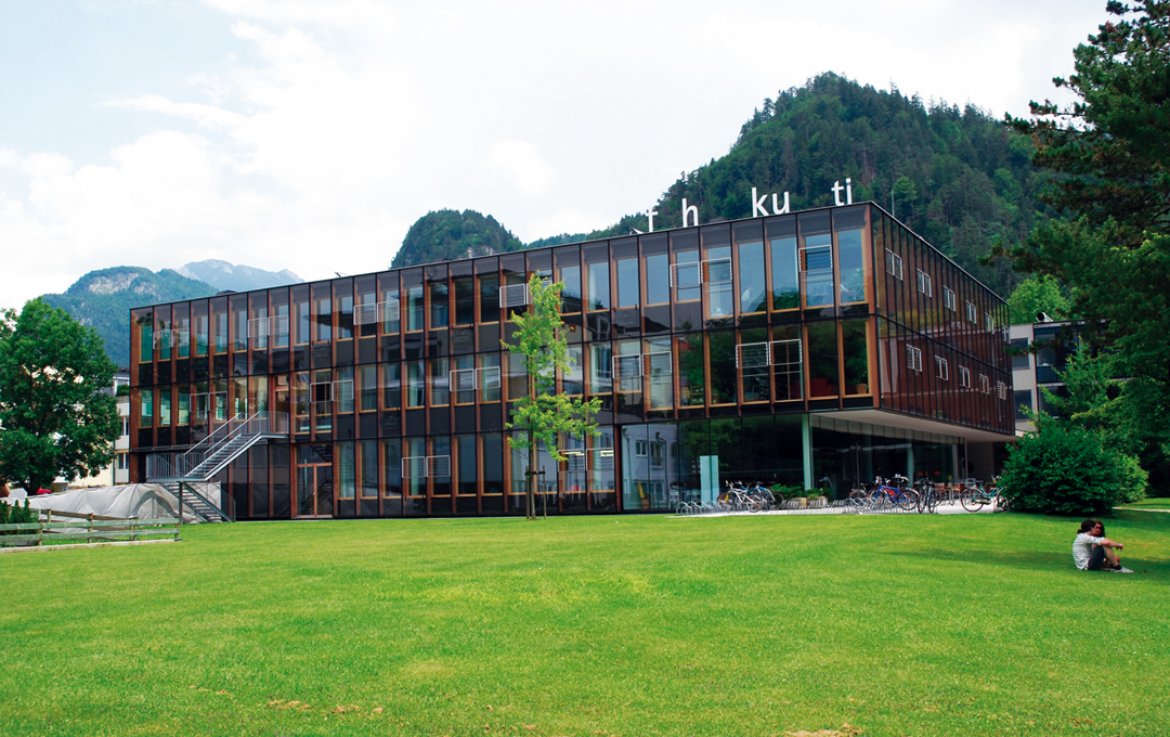
Using virtual networking systems and information technologies, the ViSIT project brings cultural heritage closer to tourists
Making history tangible – this is the goal of a project called ViSIT which was launched in cooperation with the Kufstein Fortress on October 1, 2016. The three-year project will digitize museum content to make history more widely accessible.
ViSIT benefits from the digital structural change, which allows cultural heritage to be used for tourism purposes in an innovative way. Two important landmarks and residences in the Inn-Salzach-Danube region, the Kufstein Fortress and the Veste Oberhaus Fortress in Passau, Germany, will be made accessible to tourists in an entirely new way thanks to multi-media installations and a virtual networking system. The project brings the fortresses as witnesses to a shared history across national borders closer to visitors, appealing to new target groups at all locations. It includes the architectural structures as well as collections of the museums, which represent important reference collections of the joint cultural area of Bavaria, Austria/Tyrol, the Prince-Archbishopric of Salzburg, and the Prince-Bishopric of Passau. The museums work together with research partners from the fields of cultural studies and IT to create a digital cross-border infrastructure for the presentation and preservation of cultural goods in a "virtual museum". The historic observation tower at the Veste Oberhaus Fortress and the round tower at the Kufstein Fortress will become multimedia experience centers for tourists. Visitors will also receive information about other fortresses in the Inn-Salzach-Danube region and will have the opportunity to interact with them. This should spark interest for other fortresses and castles and make them more attractive to tourists.
The focus of ViSIT lies on 3D objects, virtual and augmented reality applications, holograms, interactive maps and plans, as well as projections and filming stations. Most of the historic artifacts will be scanned in order to be able to create realistic models. Cultural scientists and IT experts, in cooperation with research partners from the University of Passau, Salzburg Research, the Passau city administration, Top-City-Kufstein and all museums involved, will develop a digital infrastructure which will bring the shared history of the fortresses closer to visitors, regardless of the location they visit. More fortresses and castles will become part of the project in the future.